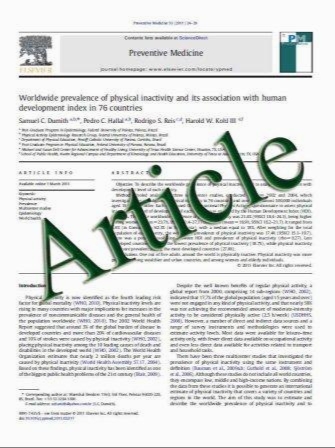Anesthetic management of injuries following the 2008 Wenchuan, China earthquake
- نوع فایل : کتاب
- زبان : انگلیسی
- مؤلف : Z. Wang Y. Sun Z. Wang Q. Wang W. Yu
- چاپ و سال / کشور: 2010
Description
Purpose The authors report anesthetic considerations and management of injuries after the 2008 Wenchuan earthquake, Sichuan, China. Methods Medical records of surgical patients cared for by the seventh medical team of the Second Military Medical University and the Jiangyou 903 Hospital in the 2008 Wenchuan, China earthquake were reviewed retrospectively with respect to injury patterns, preoperative evaluation, anesthetic techniques, anesthetic management and postoperative recovery. Results Of 908 patients who were triaged over 2 weeks, 372 (41.0%) patients required admission, of whom 231 (62.1%) patients were managed non-surgically and the remaining 141 (37.9%) patients required emergency surgery under anesthesia. Of the 141 patients, general anesthesia was performed in 16 (11.3%) patients, epidural anesthesia in 55 (39.0%) patients, brachial plexus block in 25 (17.7%) patients, cervical plexus block in seven (5.0%) patients, and monitored anesthesia care in 38 (27.0%) patients. No spinal anesthesia was used in these patients. Minor complications including hypotension, tachycardia and bradycardia were noticed and treated immediately. No severe complications occurred, such as cardiorespiratory arrest, inadvertent intravascular injection, pneumothorax or total spinal anesthesia. Conclusion Epidural anesthesia and peripheral nerve block are the anesthetic techniques of choice for postearthquake injuries due to limited conditions and appliances. More attention should be paid to preoperative evaluation, anesthetic techniques, anesthetic management, anesthetic application and postoperative recovery according to patient conditions and the limited environment.
Eur J Trauma Emerg Surg (2011) 37:9–12 DOI 10.1007/s00068-010-0021-1 Received: 18 February 2010 / Accepted: 4 March 2010 / Published online: 4 May 2010


